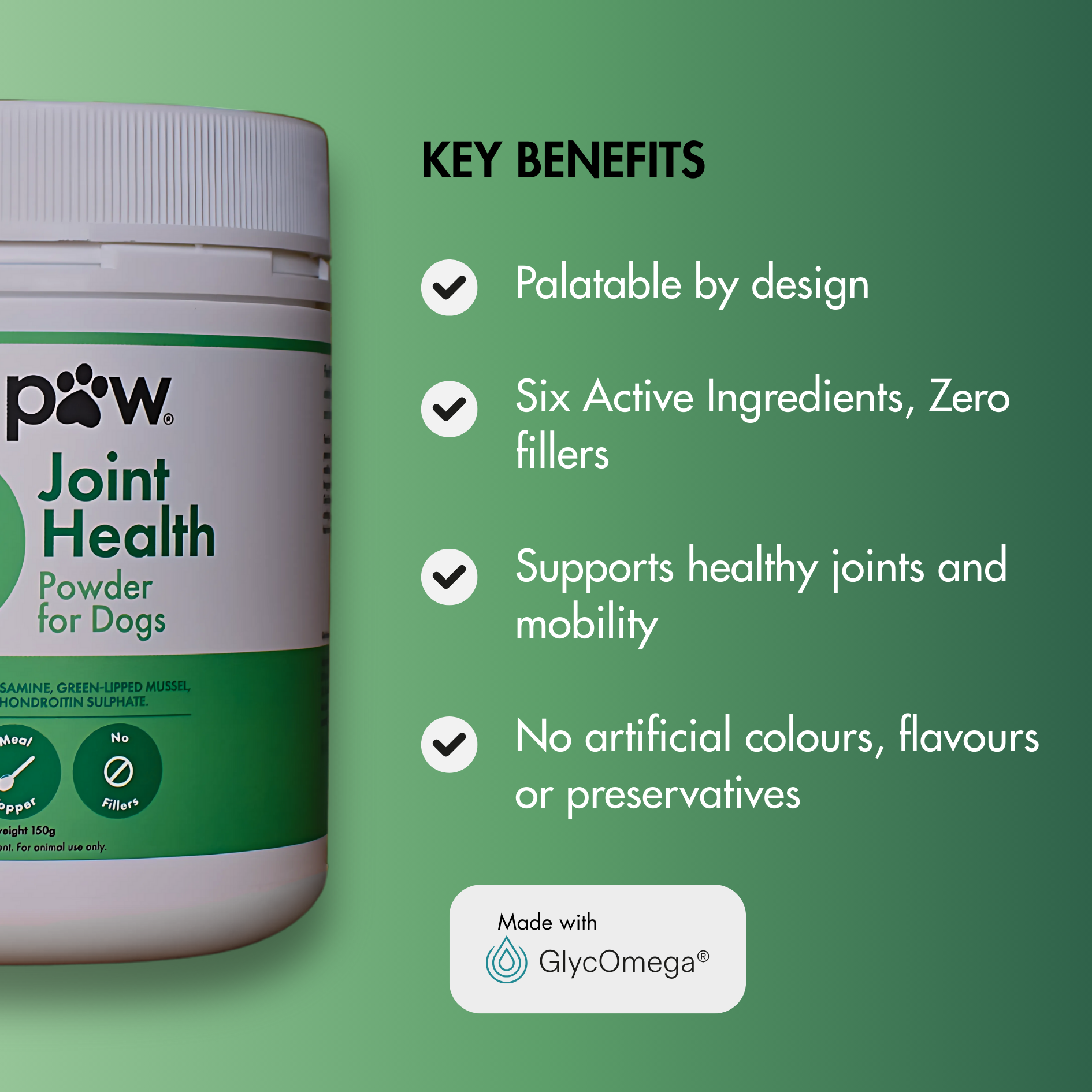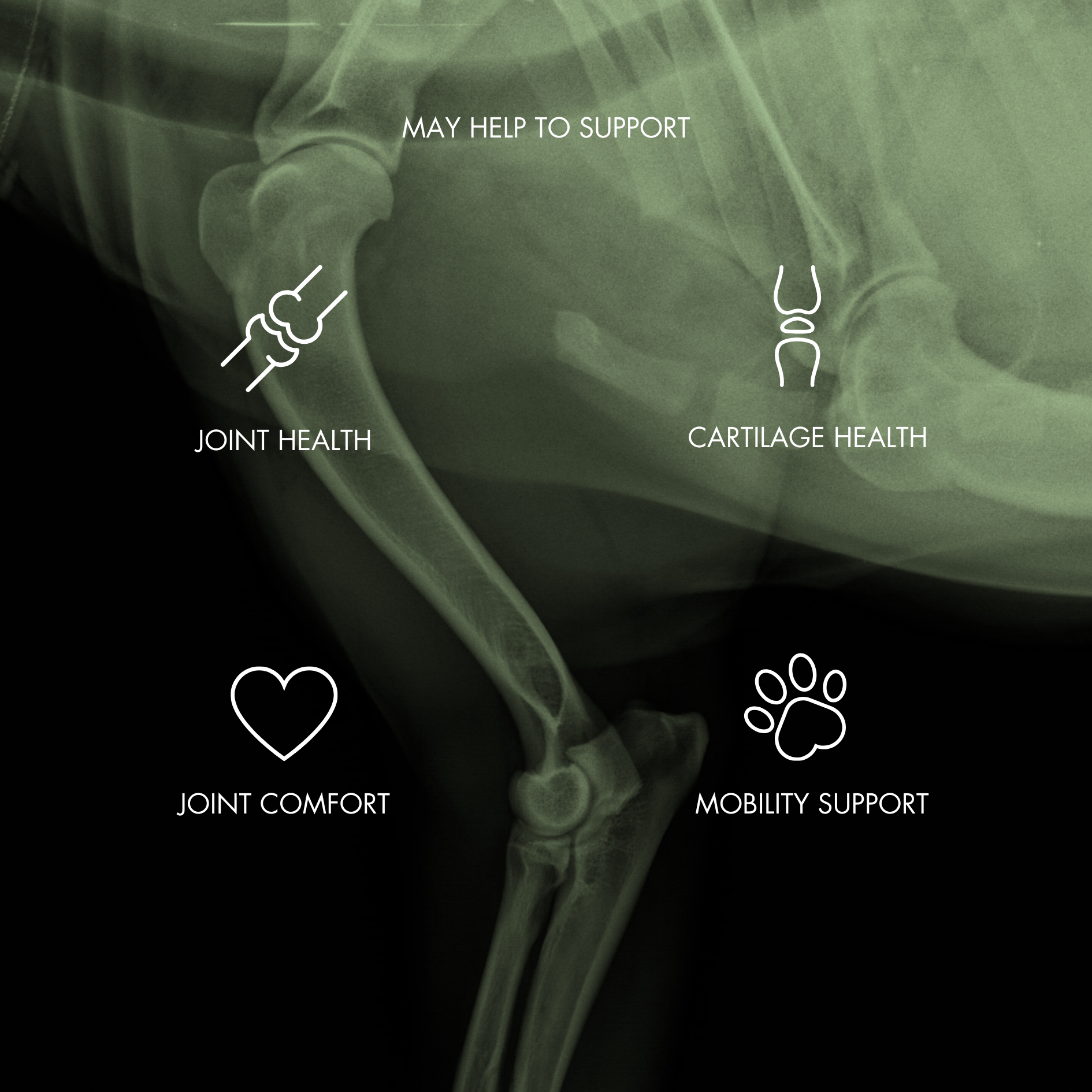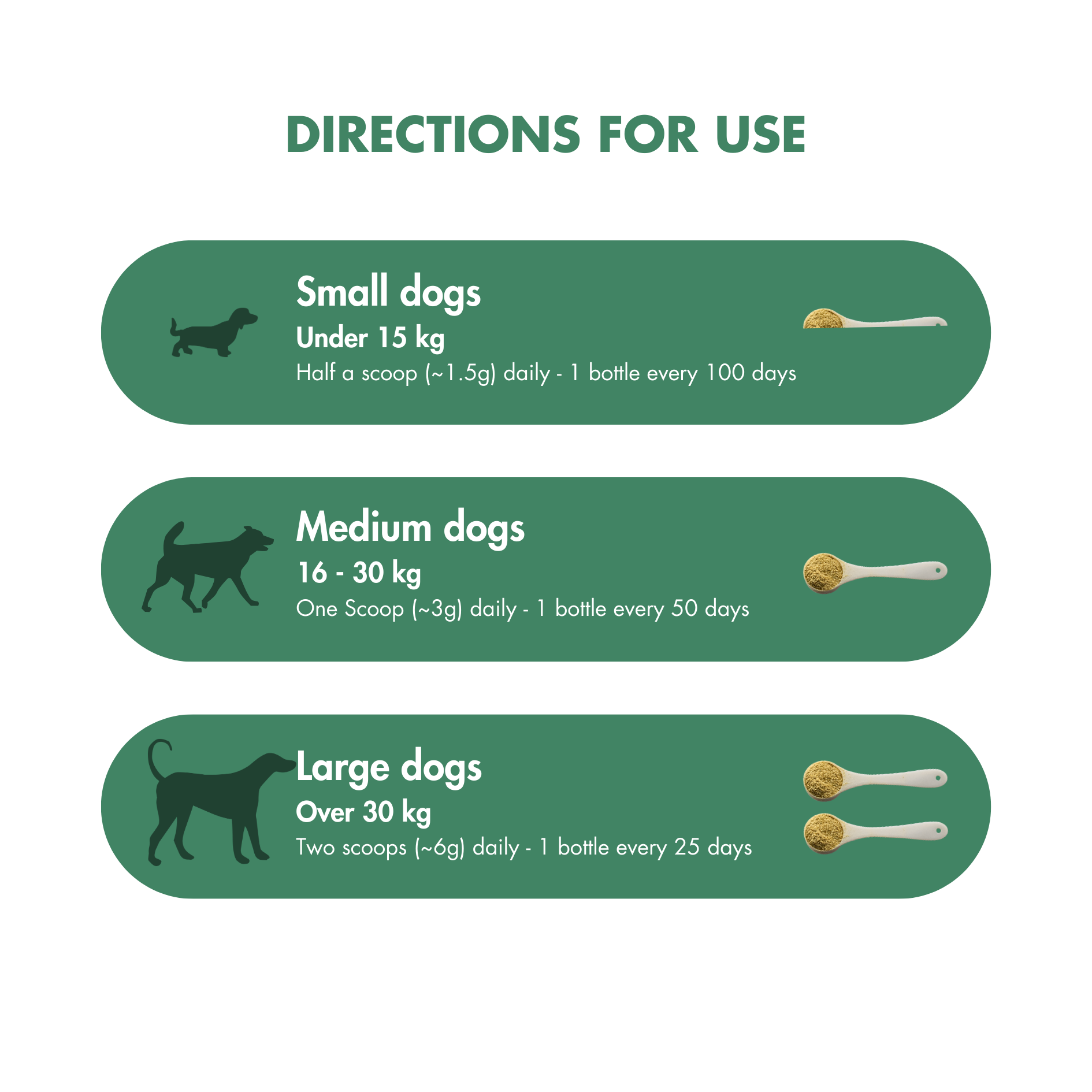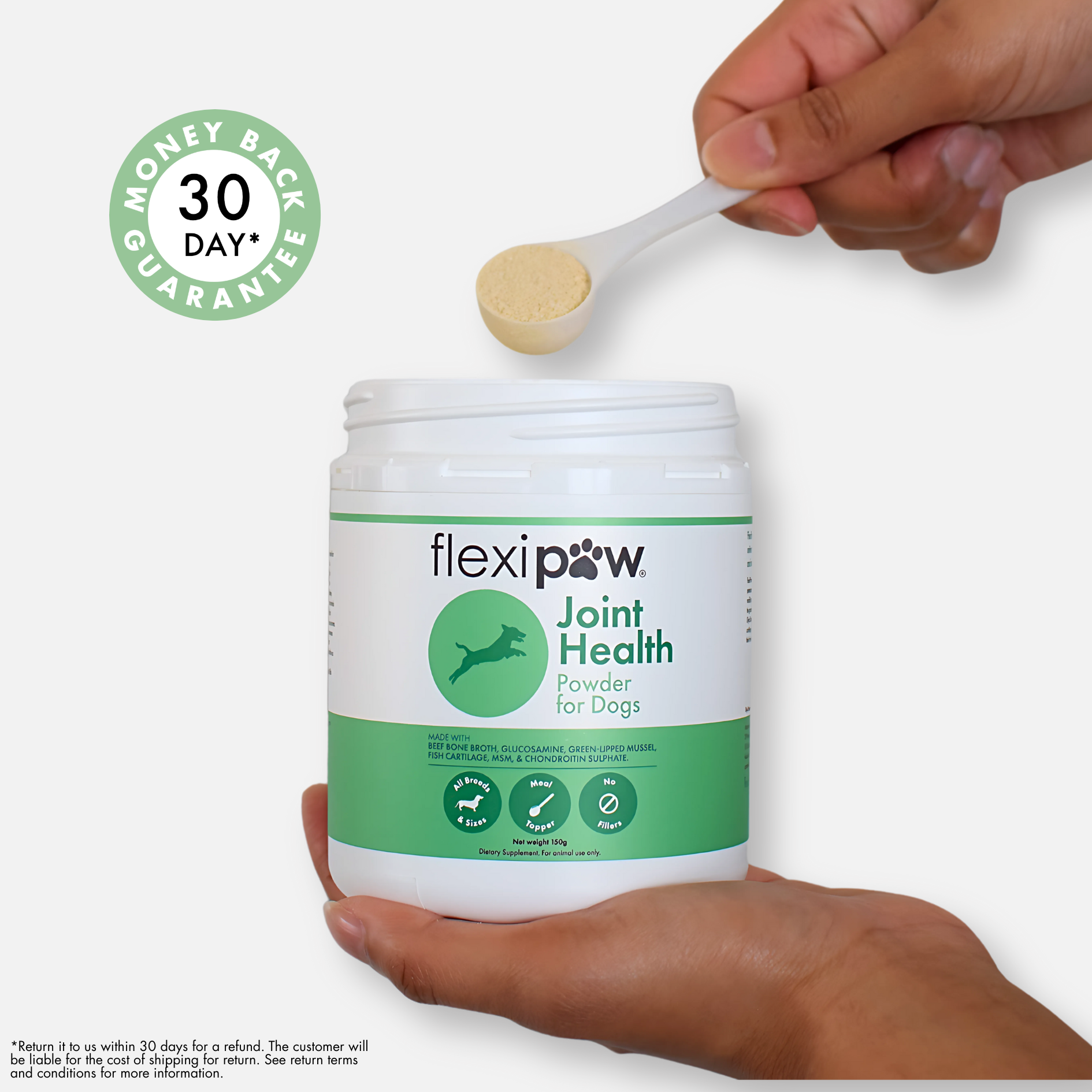Ingredient Spotlight: Glucosamine HCl – A Supportive Nutrient for Your Dog’s Mobility
As our dogs grow older or stay active through the years, supporting their movement and comfort becomes a top priority. That’s where Glucosamine Hydrochloride (HCl) comes in—a naturally occurring compound often included in supplements designed to help support joint structure and mobility in dogs.
But what exactly is Glucosamine HCl, and why is it featured in FlexiPaw’s Joint Health Chews? Let’s take a closer look.
What is Glucosamine HCl?
Glucosamine is a compound naturally found in the bodies of animals, including dogs. It plays a role in the structure of cartilage—the tough, flexible tissue that cushions joints.
There are several forms of glucosamine, but Glucosamine Hydrochloride (HCl) is one of the most concentrated and stable forms used in nutritional supplements. It’s commonly derived from natural sources like shellfish.
Why Include Glucosamine HCl in Canine Nutrition?
While dogs naturally produce glucosamine in their bodies, this production may slow down over time. This is one reason why glucosamine-rich supplements have become popular additions to many dog diets—especially for senior dogs or those who live particularly active lifestyles.
Glucosamine HCl in FlexiPaw Products
At FlexiPaw, we use Glucosamine HCl in our Joint Health Chews as part of a carefully selected blend of ingredients, including green-lipped mussel, MSM, kelp powder and vitamin C. Together, these nutrients provide thoughtful support for your dog's overall wellness and vitality.
Our chews are designed to be tasty and easy to give, making it simple to incorporate joint support into your dog’s daily routine.
A Note for Pet Parents
As with any dietary change, it’s always a good idea to check in with your veterinarian before introducing a new supplement. They can help you decide if a glucosamine-containing product is suitable for your dog’s specific needs and lifestyle.
Disclaimer: The content on this website is for educational purposes only and should not replace professional veterinary advice. We recommend you talk to your veterinarian if you have any concerns, if the lameness worsens or are unsure. Products on this website are not intended to diagnose, cure, treat or prevent any disease. The statements made on this website have not been evaluated by the Food and Drug Administration.











